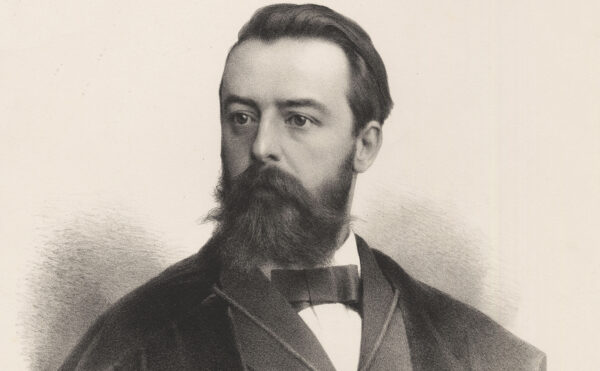Yarn and tragedy link a southwestern Native American tribe to a small Pennsylvania town. In 1864, as a result of pre–Civil War turmoil, the government forced thousands of Navajo living in the Arizona and New Mexico territories to move to a remote reservation in New Mexico’s Bosque Redondo, where almost a third of the exiles died. The Navajo had lost most of their sheep, from which their traditional yarn was spun. They also suffered from an inadequate supply of government-issued clothing and blankets. Desperate, they requested yarn for use in weaving their own cloth. The government responded with a few hundred pounds of machine-spun, synthetically dyed woolen yarn purchased in Germantown, Pennsylvania, an area renowned for its high-quality textiles.
In 1683 Mennonites, Quakers, and Moravians fleeing religious persecution settled in what became Germantown. Many of the town’s early residents happened to be skilled weavers, while its proximity to the port city of Philadelphia made it ideal for commerce. As a result the town boasted a thriving textile industry that produced soft, colorful yarns.
Before their forced relocation the Navajo spun their yarn by hand from cotton and wool, coloring it with indigo purchased from the Spanish and other plant dyes purchased from the Pueblo Indians. They also incorporated the natural color of wool, creating a neutral palette of browns and creamy whites. The Germantown yarn came in vivid hues unfamiliar to the Navajo—made from synthetic dyes derived largely from aniline, a derivative of coal tar, which produces bright reds, blues, blacks, violets, and magentas.
These rich and exciting colors, combined with the artistic influence of the Navajo’s new Spanish neighbors, inspired a burst of creativity in the 1860s and 1870s. Navajo blankets, rugs, serapes, and other textiles from this period display a boisterous fusion of stripes, zigzags, and concentric geometric shapes in brilliantly contrasting colors. These wild patterns have earned them the name “Germantown Dazzlers.”




